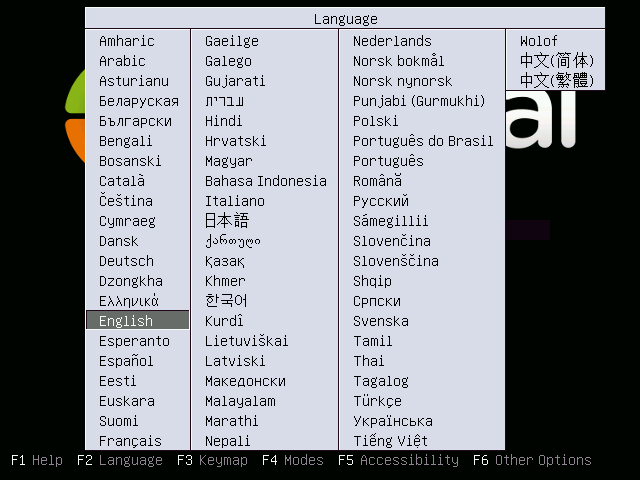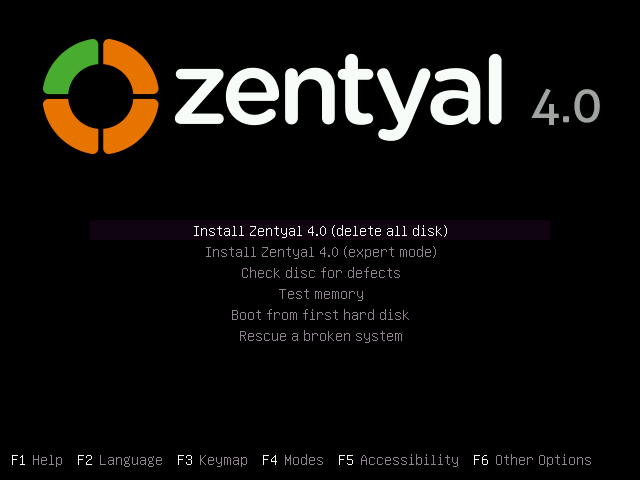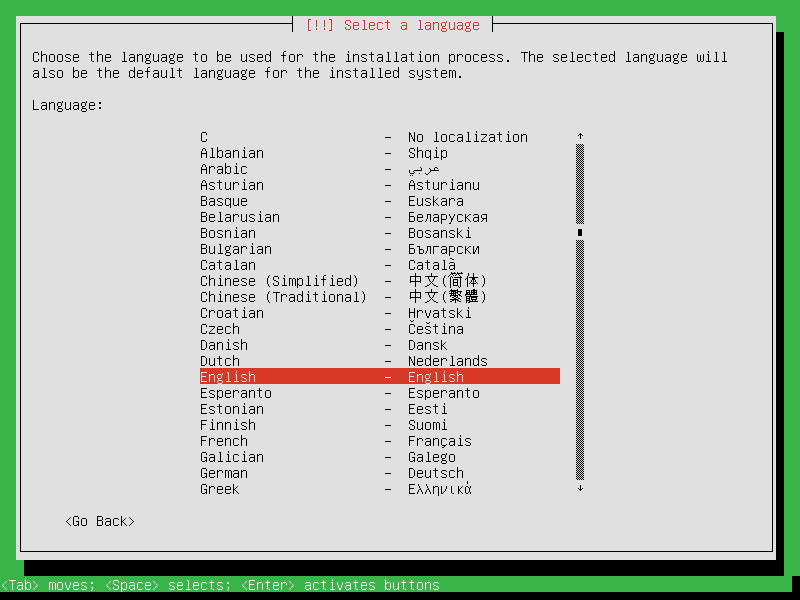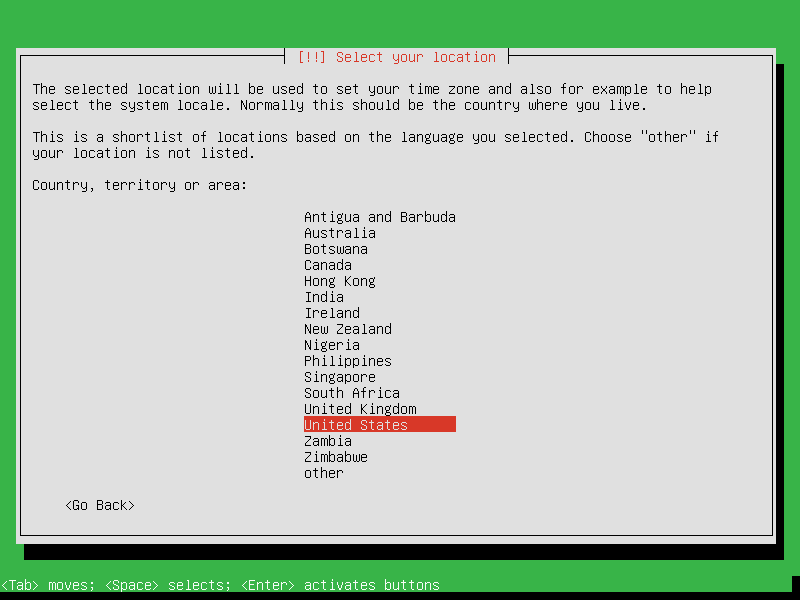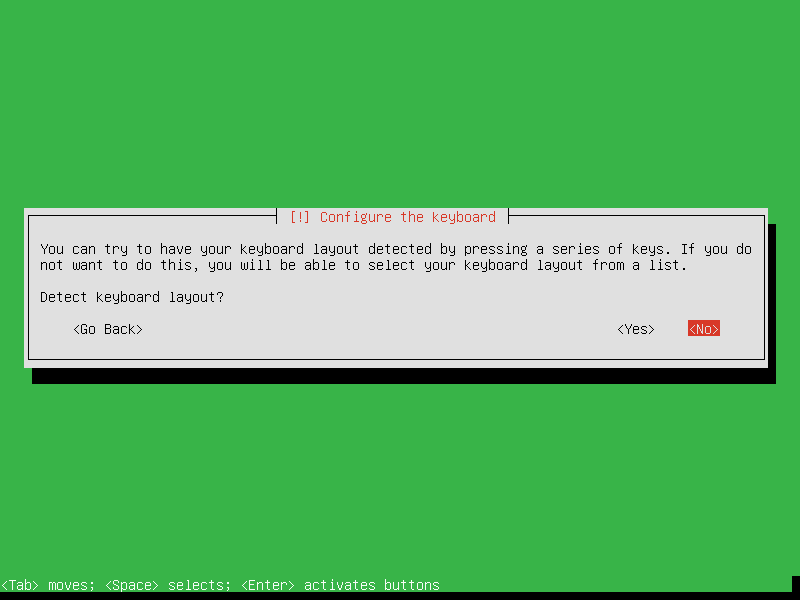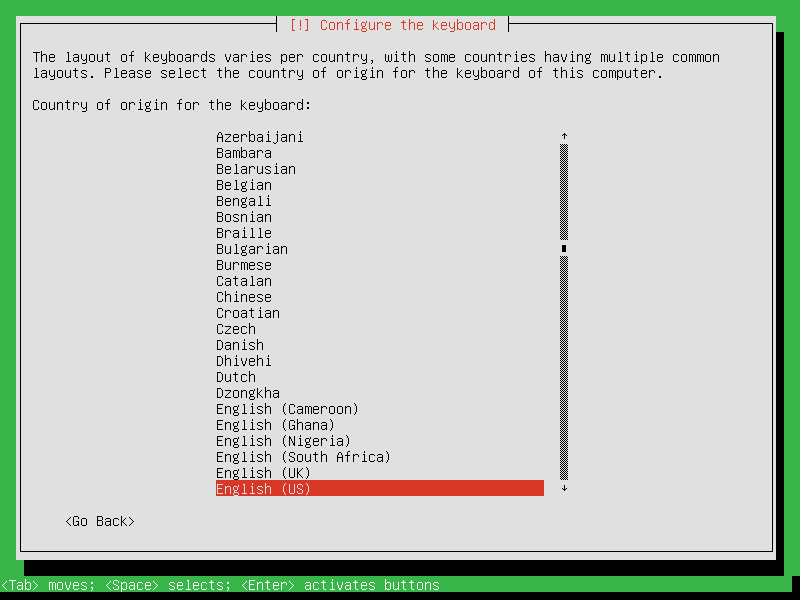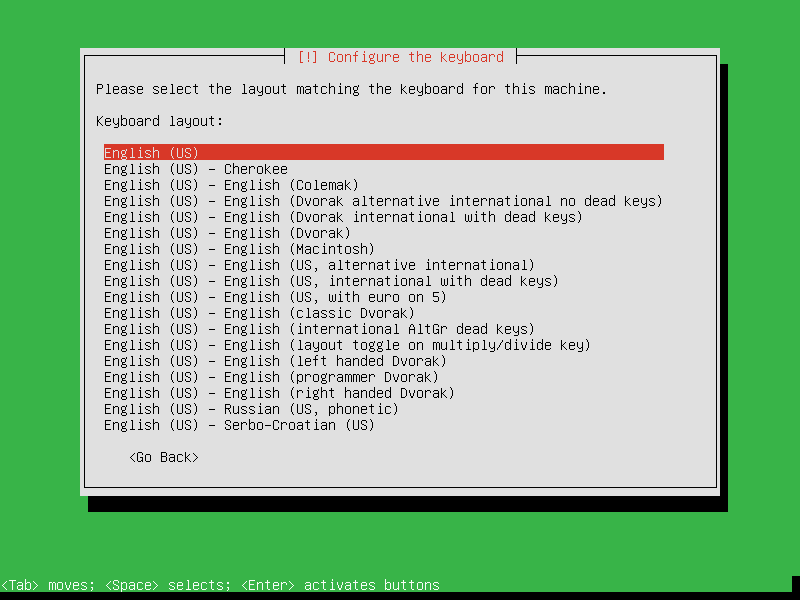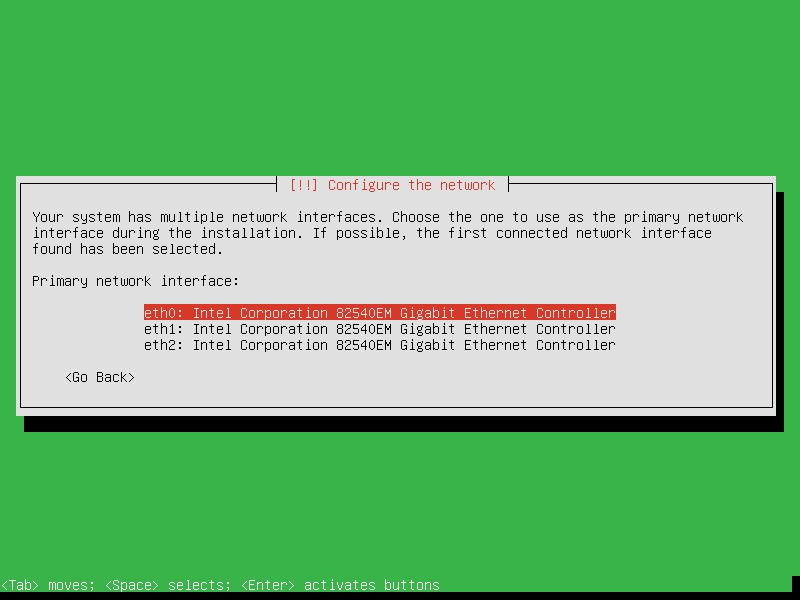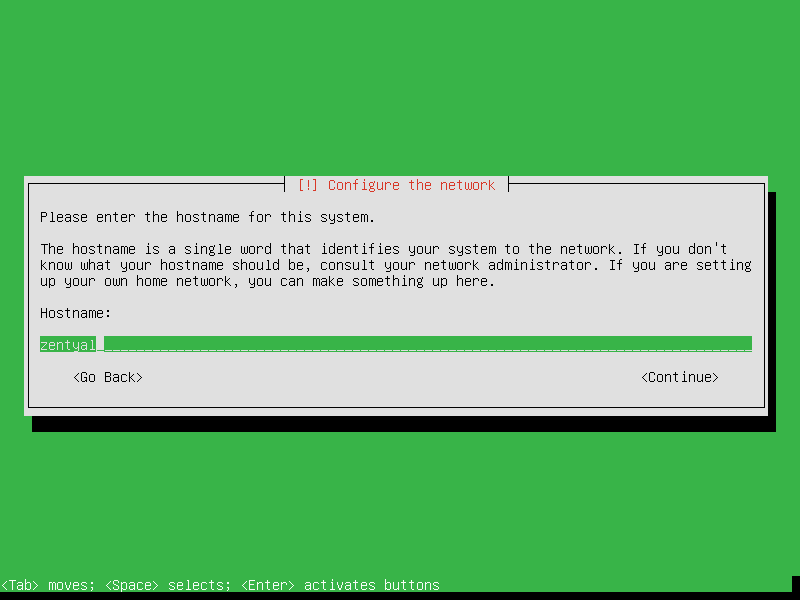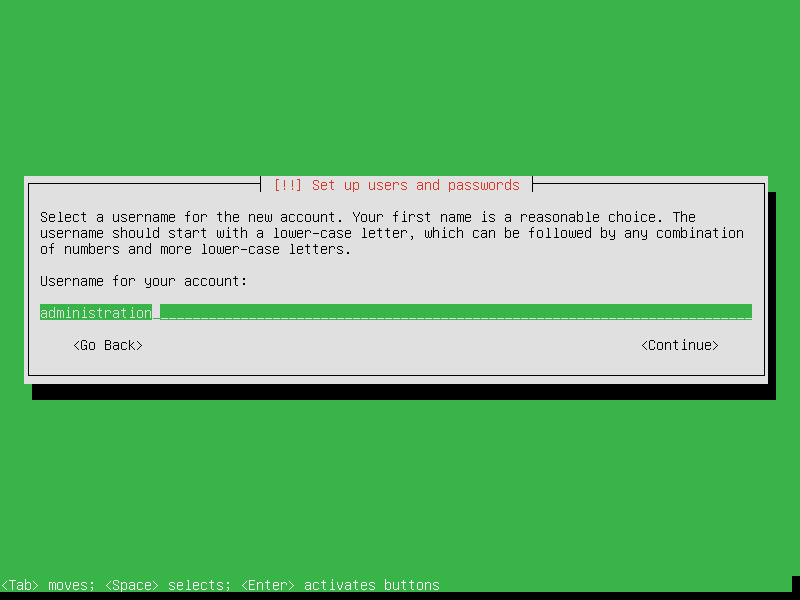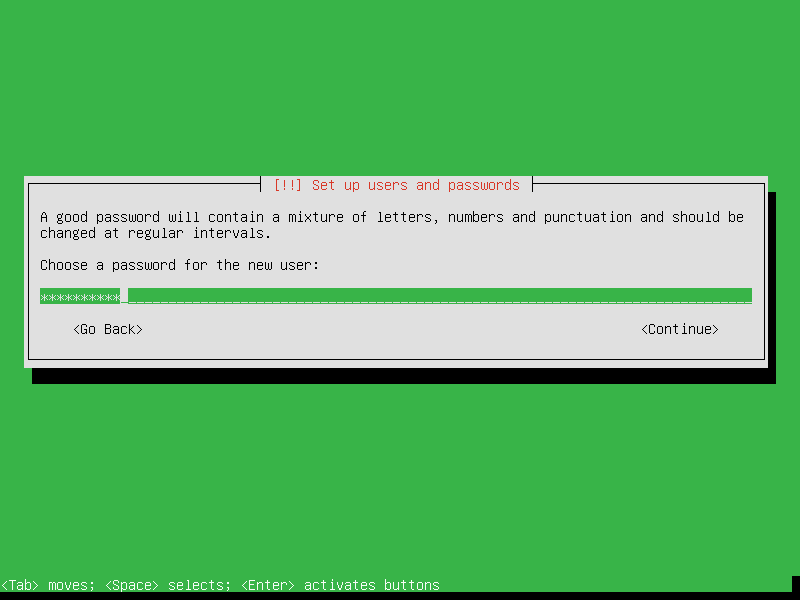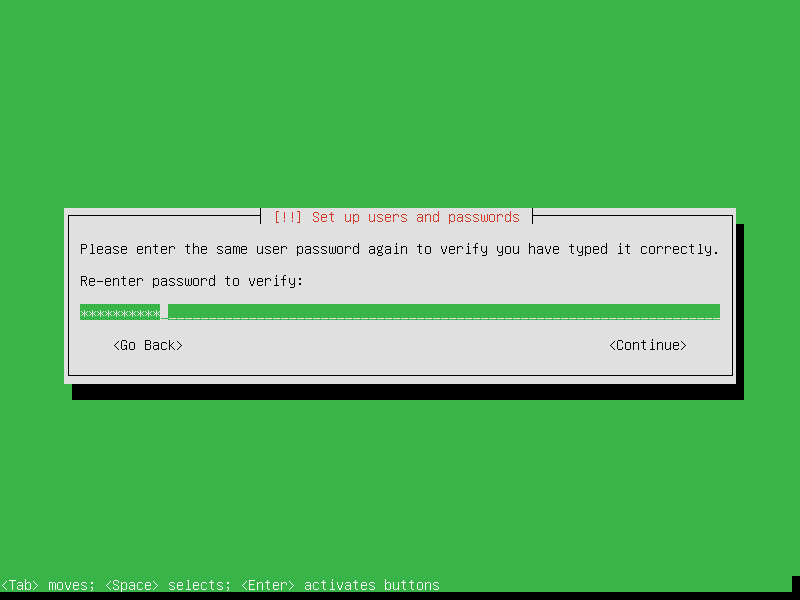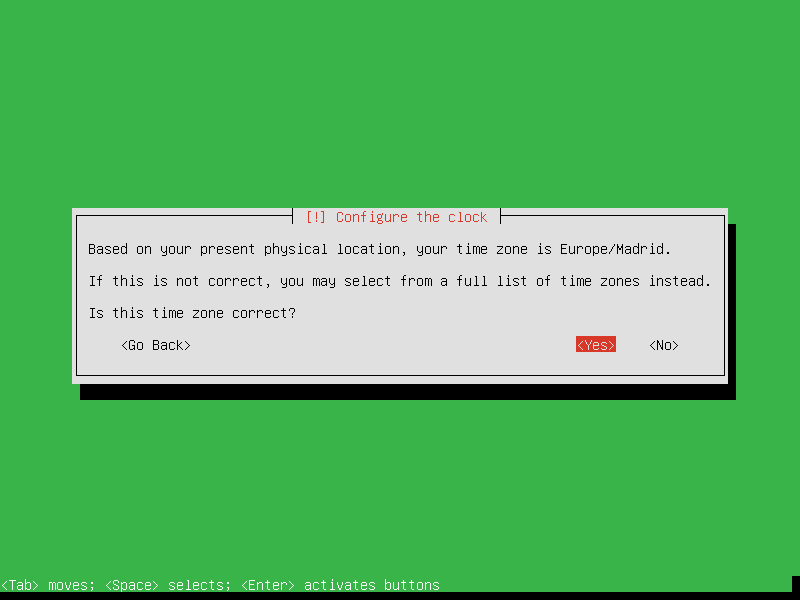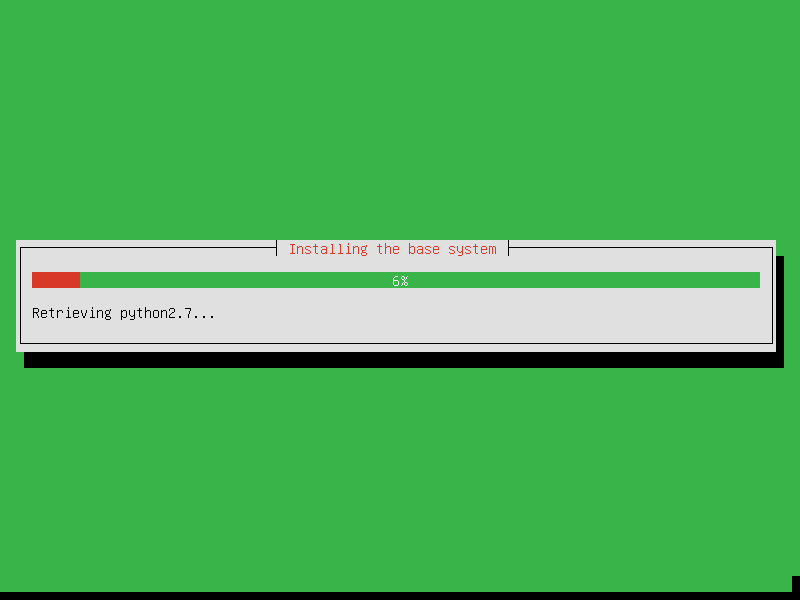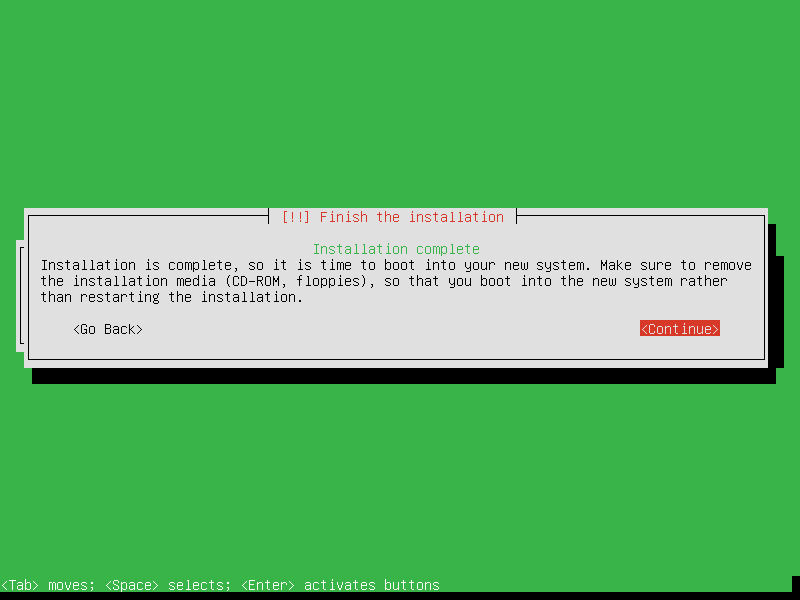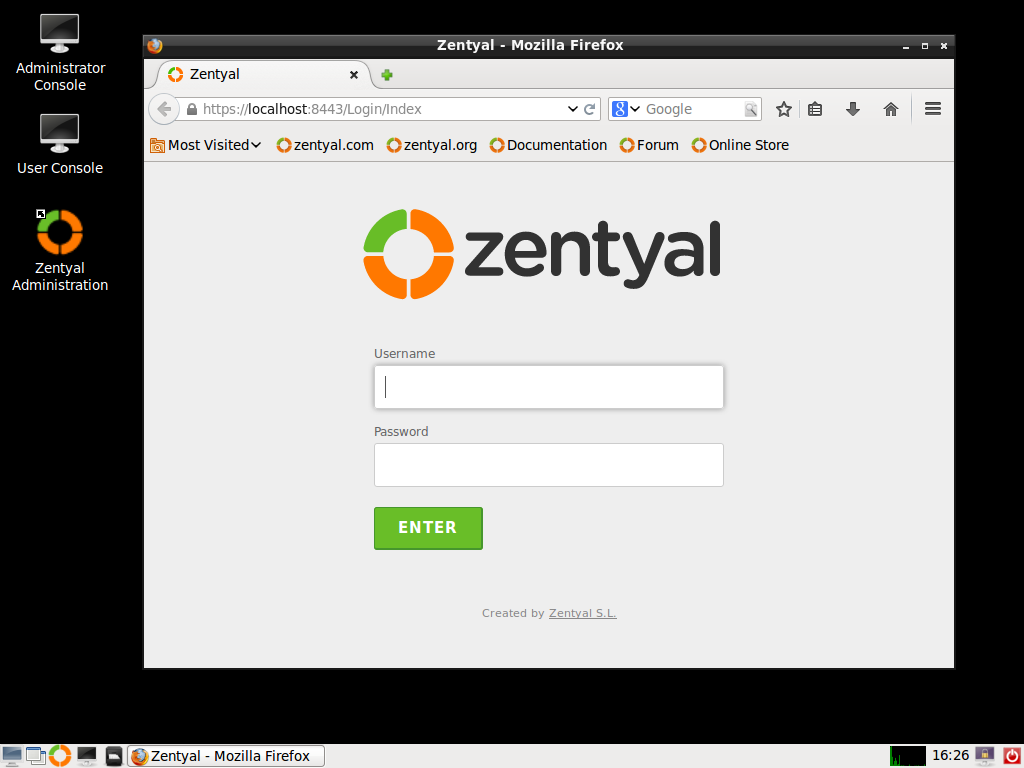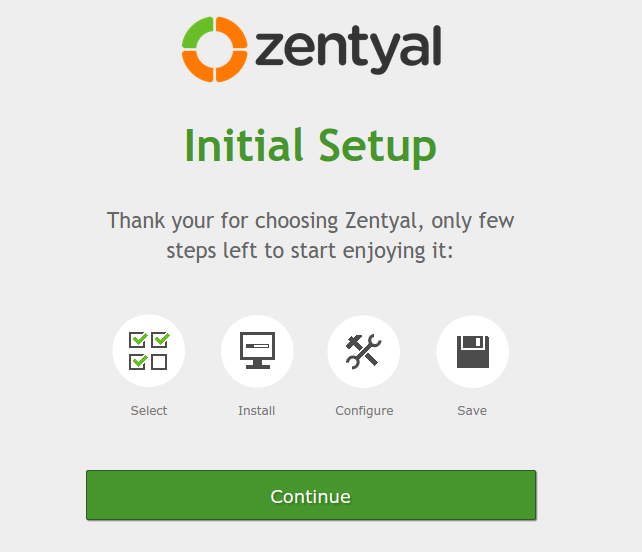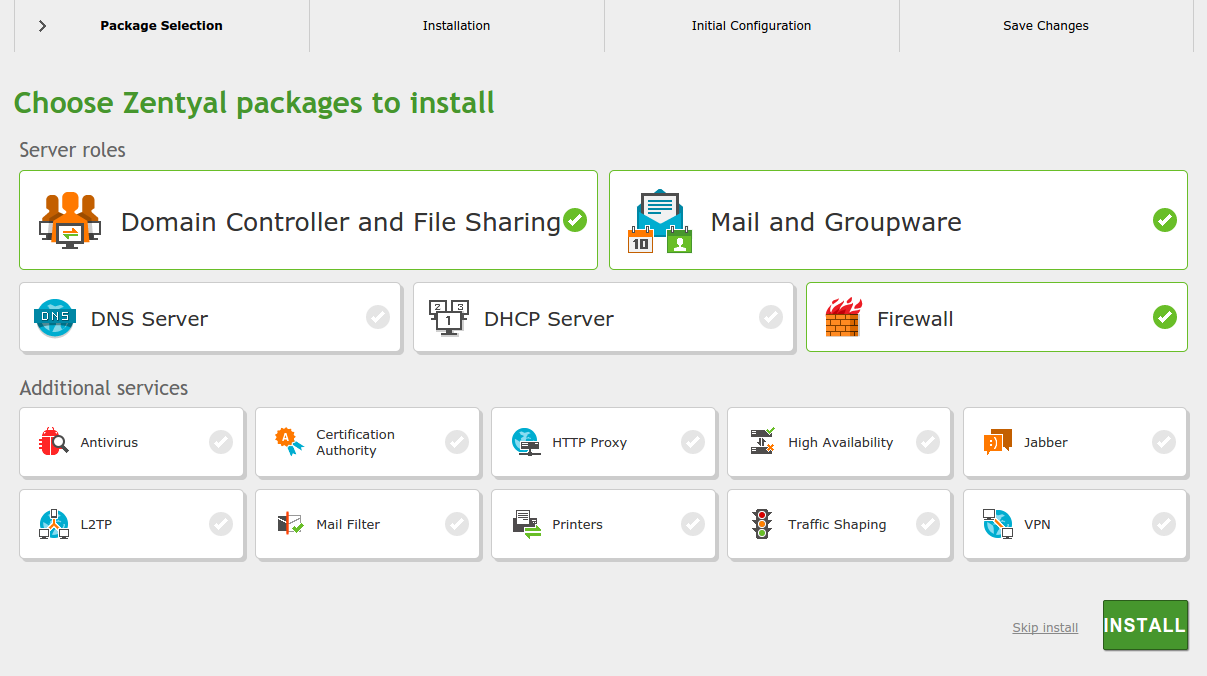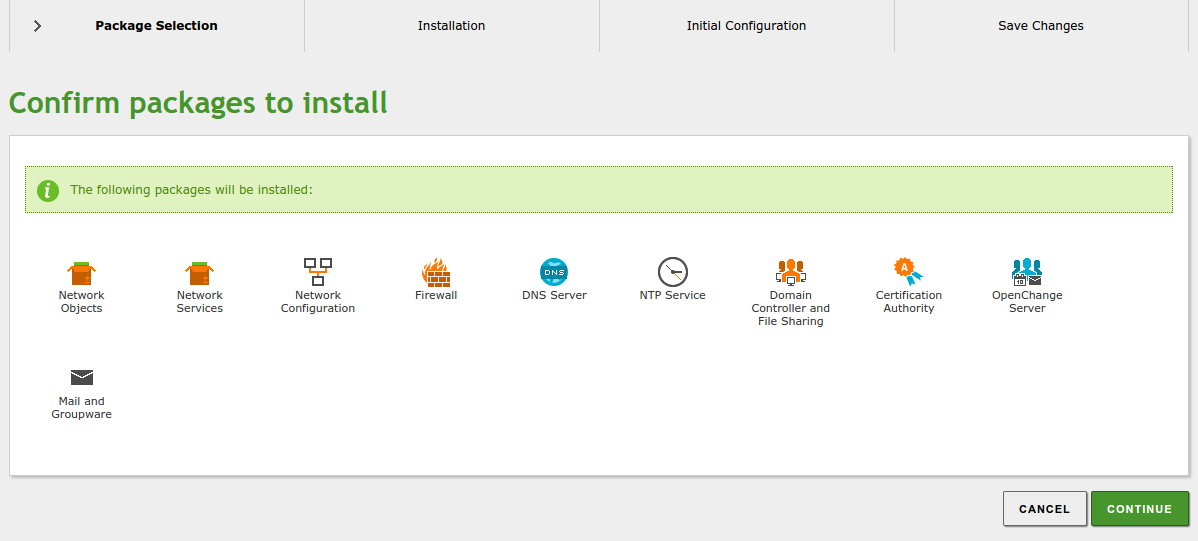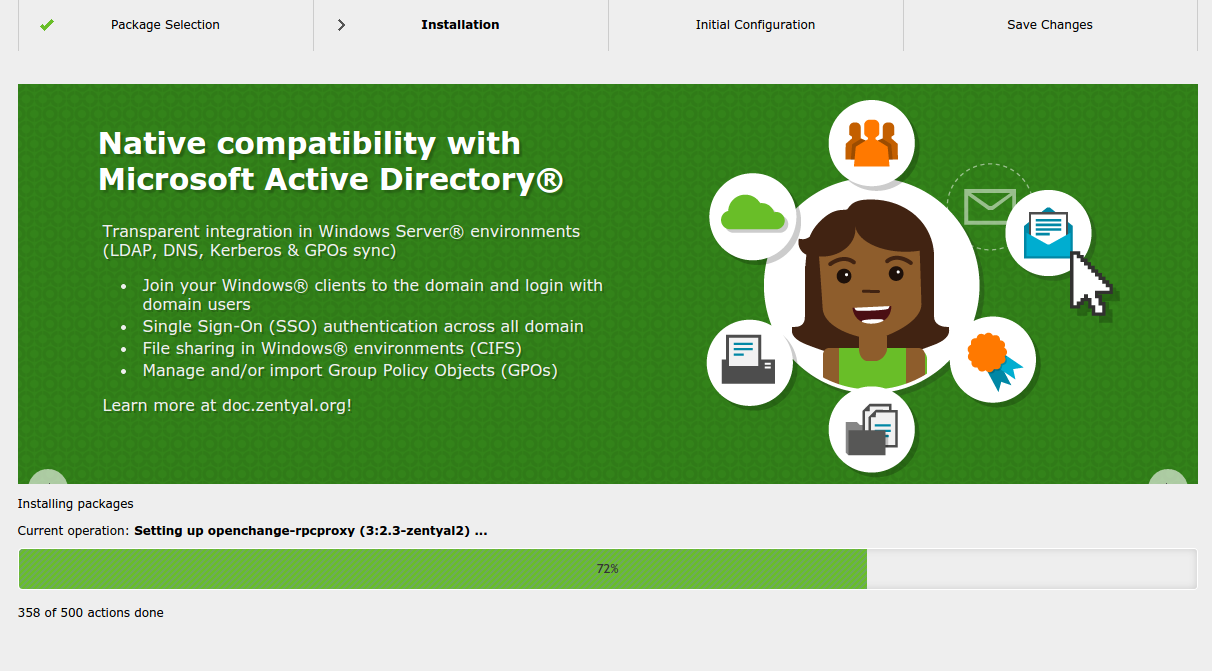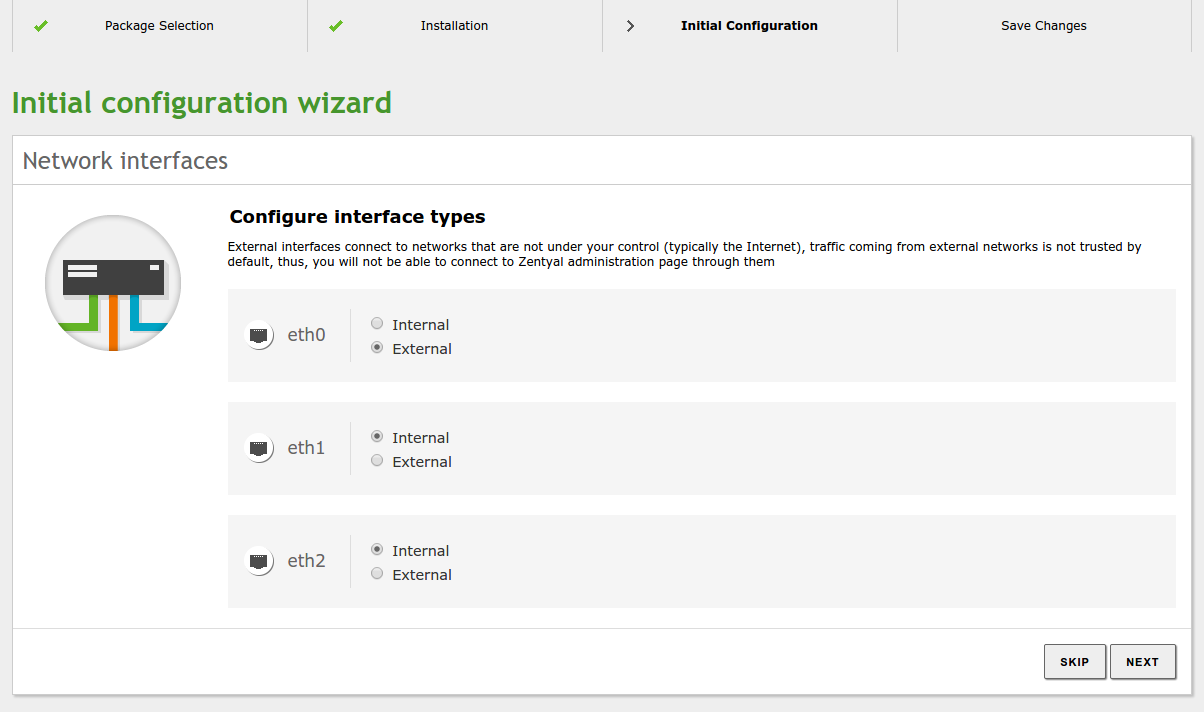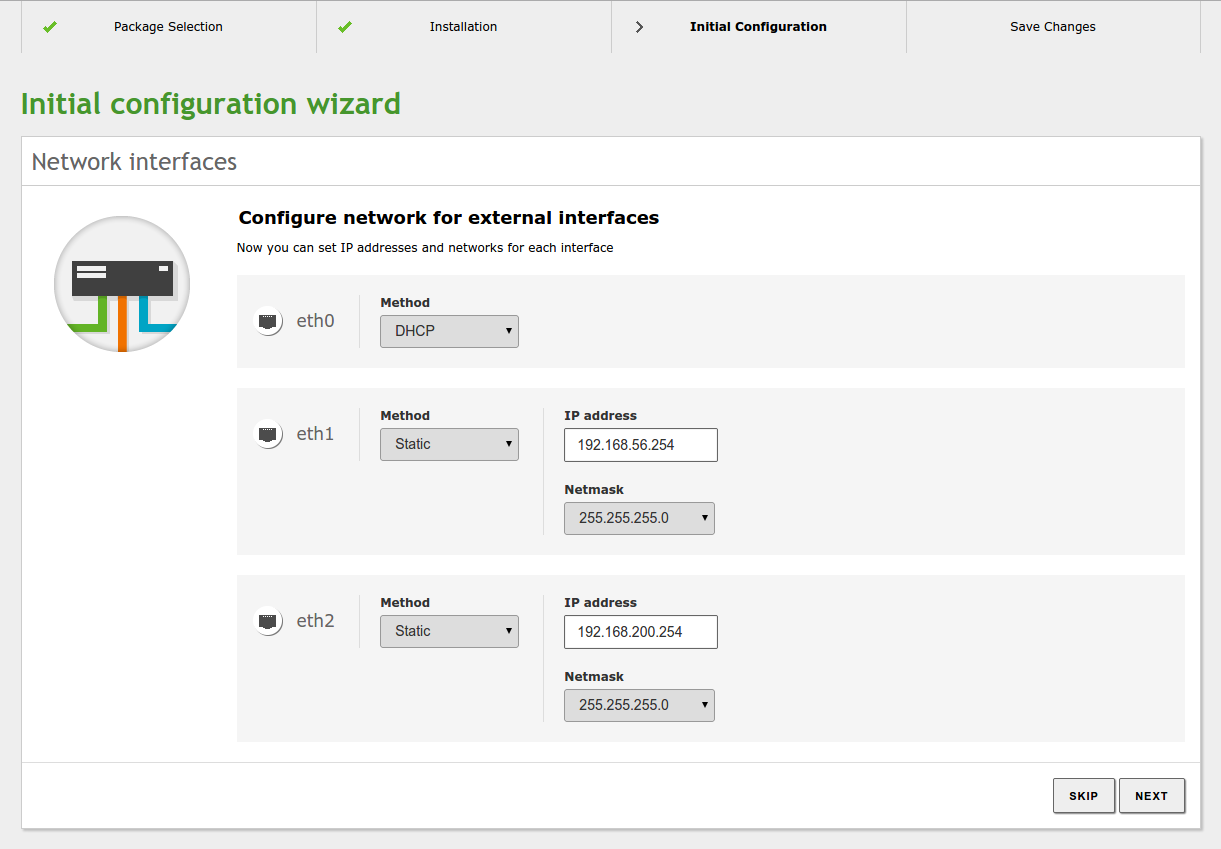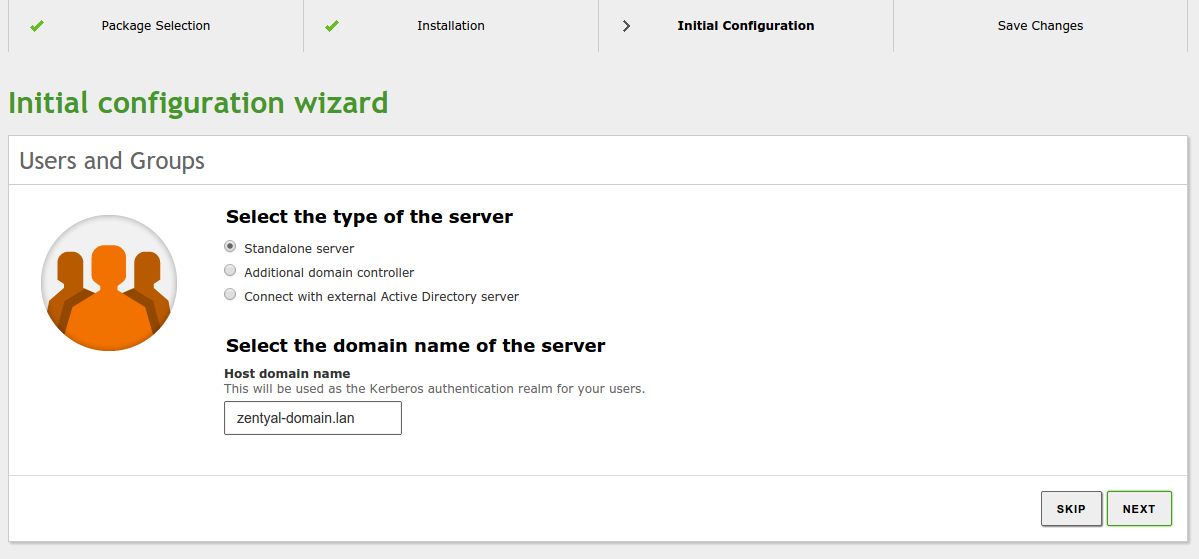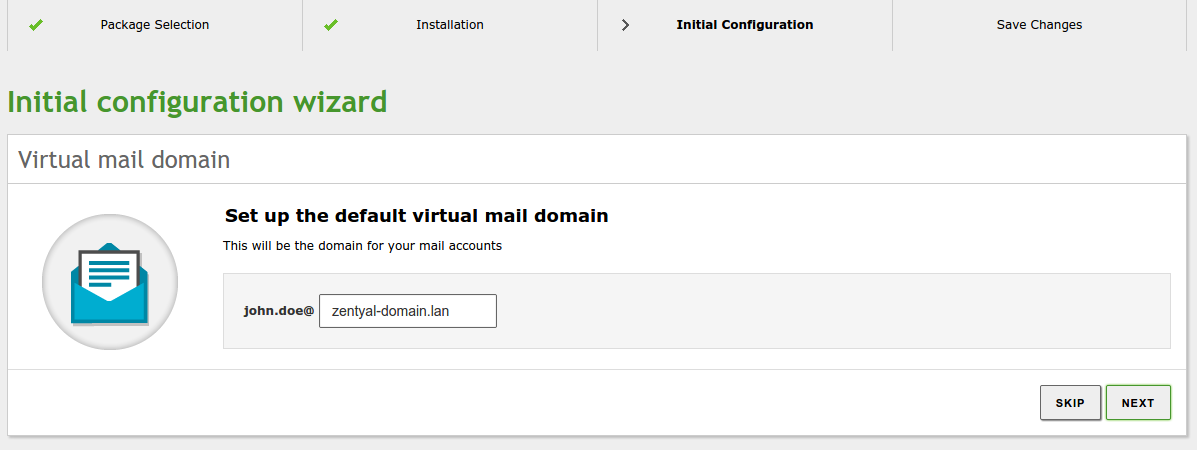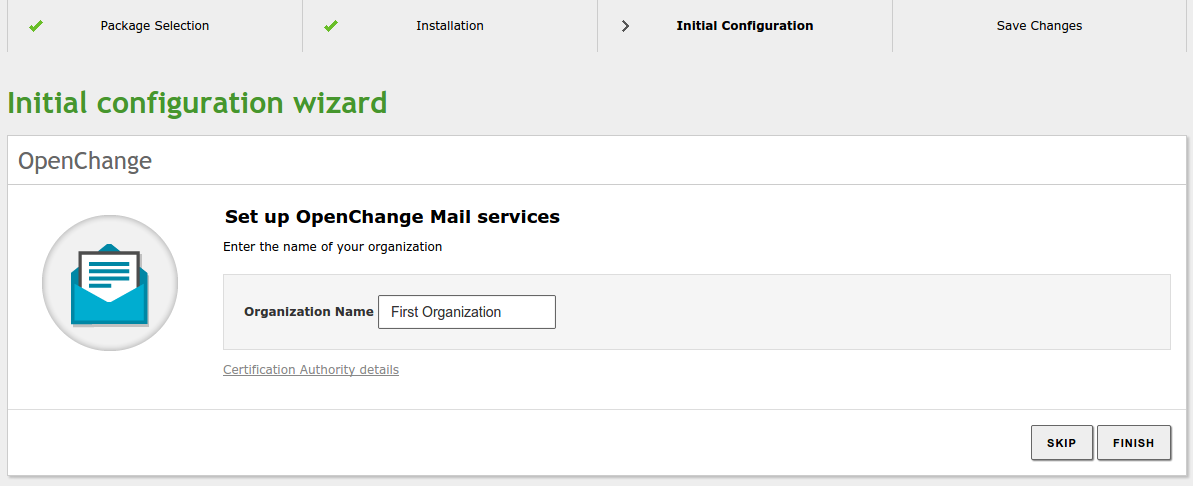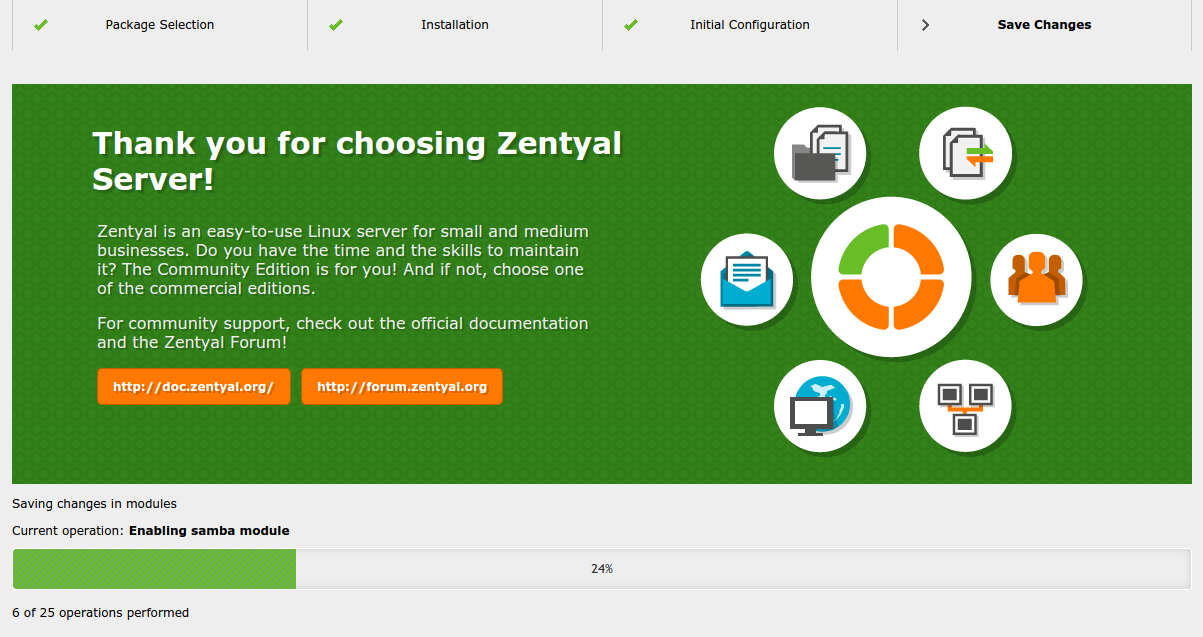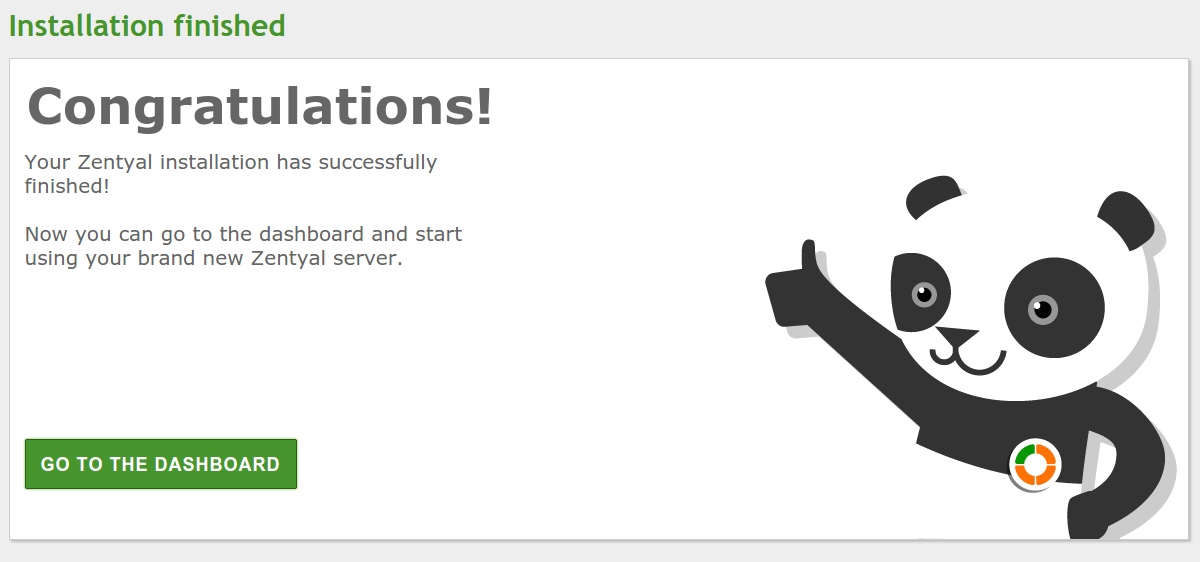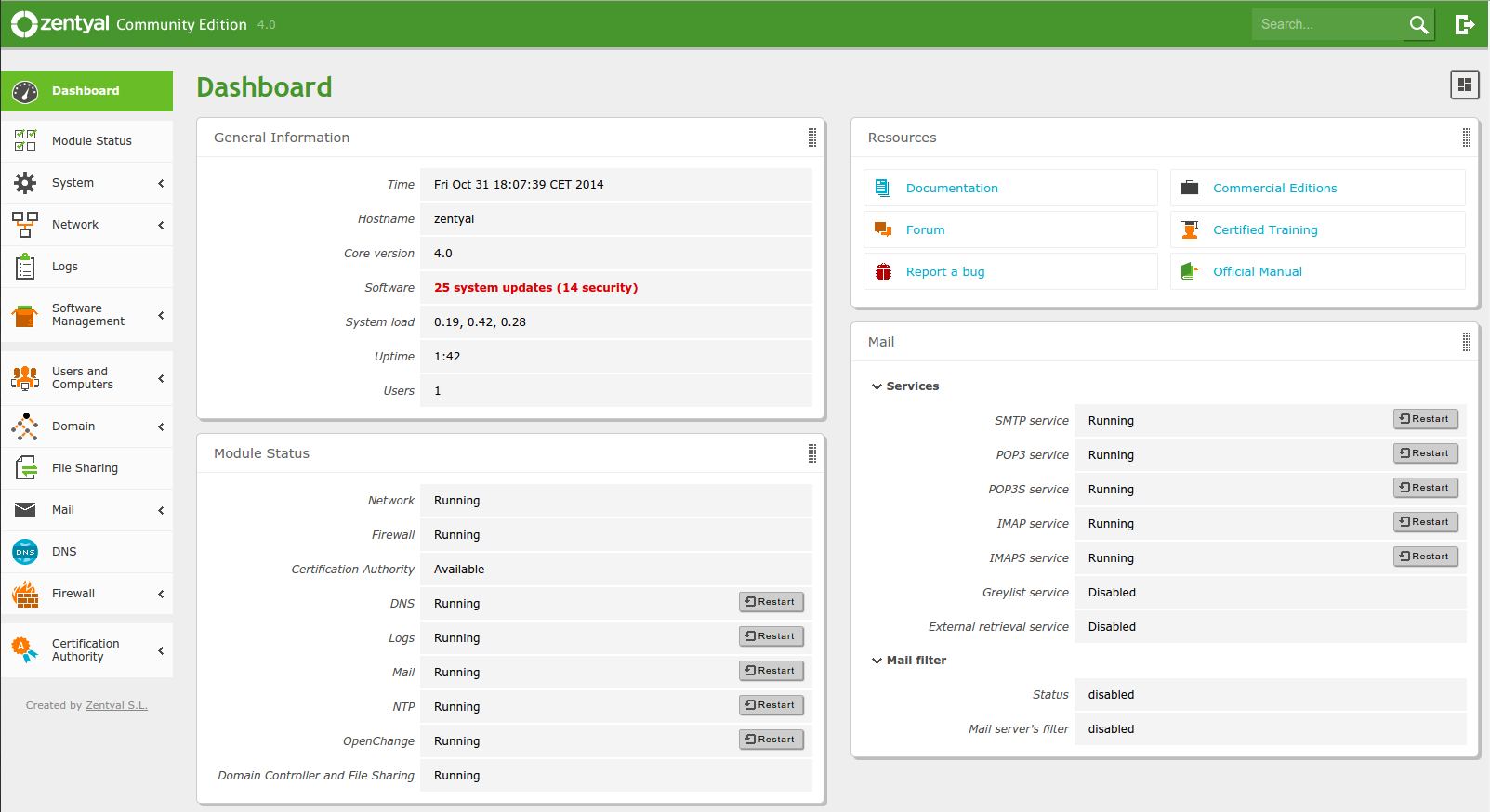En/4.0/Installation
Generally speaking, Zentyal is meant to be installed exclusively on one (real or virtual) machine.
However, this does not prevent you from installing other applications, that are not managed
through the Zentyal interface, like for example a database engine. These applications must be manually installed and configured.
Commercial versions of Zentyal run on top of Ubuntu(1) server edition, always on LTS (Long Term Support) (2). LTS editions have longer support periods, covering five years. Community versions may be based on standard Ubuntu server editions.
You can install Zentyal in two different ways:
- Using the Zentyal installer (recommended option),
- On top of an existing Ubuntu Server Edition installation.
In the second case the official Zentyal repositories must be added (3), after updating
the software sources, you can install Zentyal base system and any of the modules.
However, in the first case, the installation and deployment process is easier as all dependencies are found on a single CD or USB. Another benefit of using the CD or USB is to have a graphical environment that allows the use of a web interface and desktop environment from the server host itself.
community, focused on laptops, PCs and servers: http://www.ubuntu.com/.
it is recommended you consult the Ubuntu guide: https://wiki.ubuntu.com/Releases.
It is recommended to have an Internet connection available for the host where you are installing Zentyal, this way, the most recent updates and fixes will be installed automatically.
Zentyal installer
The first iteration of the Zentyal installer is based on the Ubuntu Server installer. Those already familiar with this installer will find the installation process very similar.
To start with, you choose the installation language, in this example English is chosen.
You can install Zentyal by using the default mode which deletes all disk contents and creates the partitions required by Zentyal by using LVM(4) or you can choose the expert mode which allows customized partitioning. Most users should choose the default option unless they are installing on a server with RAID software or they want to create special partitioning according to specific requirements. Using the expert mode you can also choose to perform a headless installation (without local desktop environment).
In the next step you have to choose the language for the installer interface, which will be the default language for the installed system as well.
Then you are asked for your geographical location, in this example the United States is chosen.
You can use automatic detection for setting the keyboard: a few questions are asked to ensure the model you are using is correct. Otherwise, you can select the model manually by choosing No.
If you have multiple network adapters, the installer will ask you for your primary one, the one that will be used to access the Internet during the installation. The installer will try to auto configure it using DHCP. If you only have one interface, you will not see this step
Now choose a name for your server: this name is important for host identification within the network. The DNS service will automatically register this name. Samba will also use this host name by default.
The host name must start with a letter, it can contain numbers and the hyphen (-), capital letters are not recommended. A typical case is to assign an arbitrary name to the host (i.e. 'gallifrey') and then configure the DNS server to create an alias of that name for each one of the services offered by the host. In this example 'www' and 'smtp' could be alias of the hostname 'gallifrey'.
Be aware that if you set a hostname larger than 15 characters, Samba (Directory services) will fail to provision.
Next, the installer will ask you for the administrator account. This user will have administration privileges and will be used to access the Zentyal interface.
In the next step you are asked for the user password. It is important to note that the user defined earlier, can access, using the same password, both system (via SSH or local login) and the Zentyal web interface. Therefore you must be really careful to choose a secure password (more than 12 characters including letters, numbers and symbols).
A good password shouldn't have less than 8 characters, it should contain some non-alphanumeric characters (like '&'), it shouldn't be just a dictionary word ('house') or just a combination of those ('housechair'), it shouldn't be a piece of information too related to the owner (date of birth, child's name, etc). And of course, you have to avoid writing down or communicating the password.
Here, insert the password again to verify it.
In the next step you are asked for your time zone. It is automatically configured depending on the location chosen earlier, but you can modify it if the guessing is not correct.
The installation progress bar will now appear. You must wait for the basic system to install. This process can take approximately 20 minutes, depending connection.
Once installation of the base system is completed, you can eject the installation CD and restart the server.
You have completed the first iteration of the installation, after reboot, the system will automatically launch a desktop session with a web browser where you can perform the remaining steps. The first boot will take longer than then next ones, as it needs to initialize the core Zentyal modules.
First time you try to access the administrative interface from your native web browser, you will hit a security exception, this is due to the (non-existent) certificate signing. Later on, you will learn how to correctly sign Zentyal services, this exception can be bypassed without worries.
You need to provide the username and password configured in the last steps to continue with the process. Later on, you can add any system user to the sudo group. This user will be able to access the web GUI and, of course, the local operative system as root.
Remember that the web administration GUI can only be accessed through HTTPS (not plain HTTP) and is located in the port '8443' by default. Thus, the URL you need to access from any other host will be [https:/ https:/]/<your_IP_or_hostname>:8443
management in http://www.howtoforge.com/linux_lvm.
Initial configuration
When you access the web interface for the first time, you will be presented a configuration wizard.
Any of the parameters that you configure using this wizard can be modified later on accessing the appropriate service or component configuration.
First of all, you will be asked about the functionality that you want to install and configure in your server. Some of these components depend on others, but Zentyal will manage those dependencies automatically. The next steps of this wizard will depend on the functionality you choose here. In any case, you can install/remove/update any of the components later on from the server's interface.
For this example, the Domain Controller, Groupware and Firewall components will be installed.
Zentyal will inform you of the dependencies that will be installed to support the components I have chosen in the previous step
The required software will be downloaded and installed
Next, you will be asked for the basic network configuration. First of all, which interfaces are External (generally speaking, connected to the Internet gateways), and which ones are Internal (generally speaking, LAN interfaces). This will impact the firewall default policies, network masquerading, default listen interfaces for other modules, etc.
Next, you will provide basic configuration for each one of these interfaces. External interfaces can be configured using DHCP, if you have another network device providing the leases. In any case, if you use DHCP to configure any of the Zentyal interfaces, it is recommended to use an static lease.
The directory component was selected for this example, so I have to select the directory mode:
- Standalone: First domain controller of the domain.
- Additional domain controller: Join an existing domain as an additional controller.
- Connect with external Active Directory server: Join as a domain member, not a controller, to have read-only access to the directory.
For the shake of simplicity, Standalone mode will be selected for this example, you can read more about the other directory modes in the
Users, Computers and File Sharing chapter.
To configure this mode, you just need to specify the domain name for your directory entities. Not to be confused with the DNS domain, which is a highly related, but actually different context.
In the next step, you will choose the default virtual mail domain, by default both IMAP and MAPI (Microsoft Outlook® default native protocol) gateways will be enabled for this domain. By default, the domain name will be used to autocomplete this form, but that may not be your case.
The OpenChange component (provides native Microsoft Outlook® protocols) need to have an Organization Name to create the required directory schemas.
Zentyal will proceed to apply the initial configuration for the installed components.
And, that's it! Your Zentyal server is ready to be used.
Now you can access the Dashboard and the specific configuration of each one of the components. In the next chapter, you can go through the basic concepts and behavior of the Zentyal GUI.
